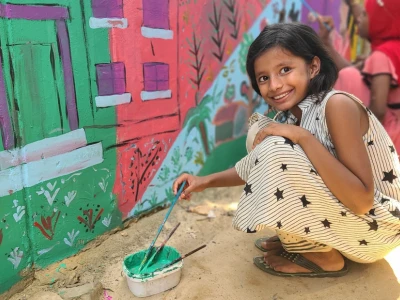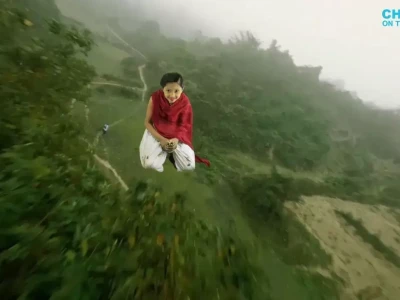"
Children on the Edge are helping refugee children see a world outside the camps, driving their aspirations and giving them a collection of childhood memories they can treasure
"
Tanusri Das, Bangladesh Mukti Cox’s Bazar


Meet Shakib




